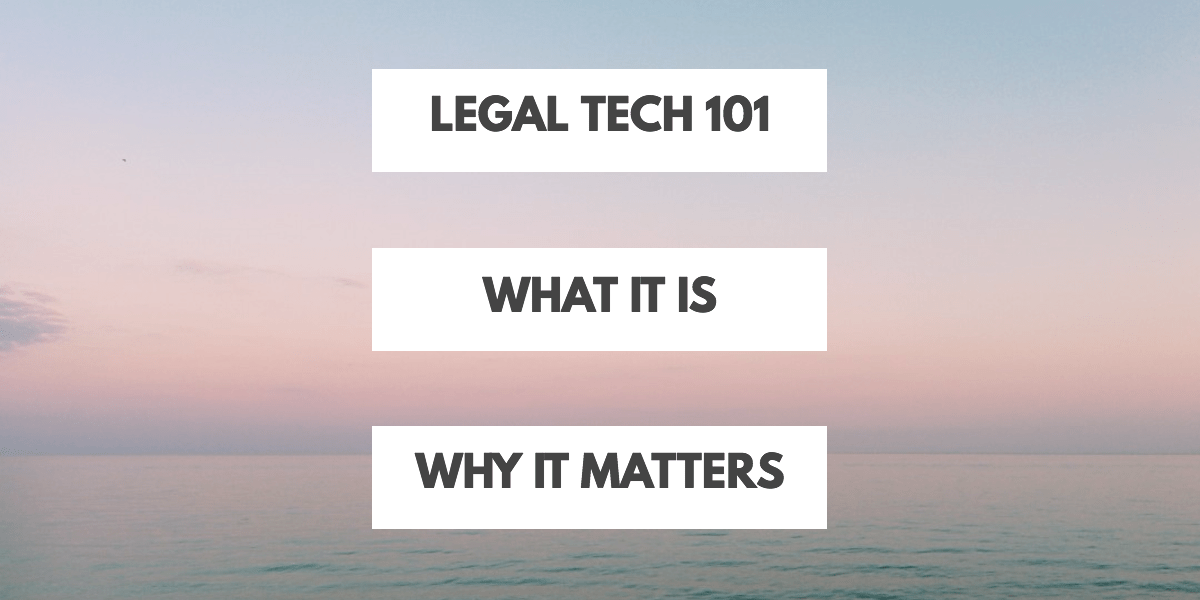Written by Micole Yang
Talk about impending ‘disruption’ in the legal industry is rife. But how well do these speculations actually hold up? This series aims to summarize and analyze the key legal technologies out there, using cases – past, present, and future – to show you what they do. In this article, we’ll be focusing on legal research and contract-drafting technologies.
Research – one of the more obvious areas to apply technology. A massive chunk of a lawyer’s time – and thus a client’s bill – is spent just on ‘research’: tedious accumulation rather than pure analysis. Slews of applications promise to change this either by creating search tools that make the lawyers’ search more efficient – or automating the search itself. Singapore seems perfect for this development: cases, case commentaries, judge decisions, government and citizens’ data are all online, removing the first big speedbump of legal tech: manual digitisation of materials to make it manipulable.
Let’s look at the first kind of tech. This goes beyond a conventional online search. Some summarise a case’s key points; others suggest relevant others by detecting your search pattern and guessing at your query. They also link search results to legal commentaries to enable fuller comprehension. Simply put, it’s like Google – but designed with lawyers in mind. Singapore-born Intelllex is an example: it’s a trans-jurisdiction search engine that also links to an indexed casebook. In America, Casetext and Judicata similarly promise to empower lawyers’ productivity, easing search processes by structuring messy case law and contextualising authority. Related to search-type technologies, an interesting thing to ponder is whether some substantive areas of the law are easier to change with tech than others. Specific to intellectual property (IP), PatentVector combs through global patent registries – possible due to the higher degree of international coordination in IP law than in other areas These types of technologies seem applicable to Singapore; it addresses a common obstacle, it’s simple, and has both local and global room for growth.
Aside from compiling cases, some apps tackle arguably more unconventional part of research: they predict the outcomes of trials by analysing past judgments and finding similarities to the current case, an example being Docketalarm. Note that this is specific to the US and raises the question of whether there is a need for this technology in Singapore to the extent that it’s commercially justifiable to develop. Complexities arising from various levels (Federal, State, Local, etc.) elude us, ideological space is smaller due to fewer legal education channels and our judicial culture. Thus unlike the States, Singapore’s legal landscape is flatter and less diverse; trial outcomes should generally be less uncertain. However, a similar technology could help potential clients decide if their patent is likely to be registered, which in turn reduces demand for legal counselling.
For the second kind of tech – complete automation – e-discovery is a good introductory example. If you’re working for a law firm, chances are you’ve already come into contact with it. This technology scrapes digital data from material, including emails, messages, documents, websites, etc. These are then used for evidence in litigation procedures. Why is this crucial? With more and more of our personal lives online, data is growing exponentially and e-discovery complements that trend by being increasingly relevant and helpful. In this case, automation doesn’t write off the role of the professional – but it sounds alarms for lower-skilled roles, such as fresh grads and junior associates. And in Singapore, it may well worsen the bottleneck phenomena. The other side of automation is client input-driven instead of lawyer-driven. To illustrate this: a traffic ticket bot is able to ‘chat’ with the clients who text it; it then digests their queries, decides what category of cases the client falls into, and generates their appeal against their traffic ticket.
That type of interactive client-driven technology isn’t just found in the research process – it’s also prevalent in contract-drafting software. Hong Kong-born Dragon Law recently established its presence in Singapore. It ‘disrupts’ the conventional business-lawyer relationship by allowing a businessperson to choose from template contracts, fill in their relevant information (e.g. address, owners, date), and pay by subscription. It runs the full gamut of services a businessperson is likely to need: Employment Contract, Sale of Goods Agreements, Shareholders’ Agreement, Commercial Lease/Tenancy Agreement, etc. Presumably, this will disproportionately affect the smaller law firms whose clients tend to be SMEs. To fully understand the extent of this effect in Singapore, there needs to be more research on brand awareness among SMEs, actual take-up rates, perceptions of trust and reliability and the like – all of which require more time.
That kind of legal tech is less radical. It can ease and empower the lawyer; for some, they can also replace the lawyer. What the legal-tech field has yet to create is the kind of mind-blowing reinvention of what law could be – it’d be instantly recognisable as most of us wouldn’t even be able to understand it, being so far removed from today’s paradigm of law. ‘Smart contracts’ are an interesting conceptual leap: contracts being written in natural language (e.g. A promises to pay B $x on y date) to computer language. Given the logic-based nature of both fields, one can stretch the imagination to see that instead of documents, we’ll have program scripts; instead of Microsoft Word platforms, we’ll use a code development platform capable of highlighting internal logical inconsistencies (e.g. assigning duties/rights to the wrong parties; contradictory provisions). Add in Blockchain tech – something hyped about in financial circles, but not really contemplated in legal ones. Smart code-based contracts would automatically tie into a global blockchain that can verify and secure trust – the unseen value upon which commerce is built.
